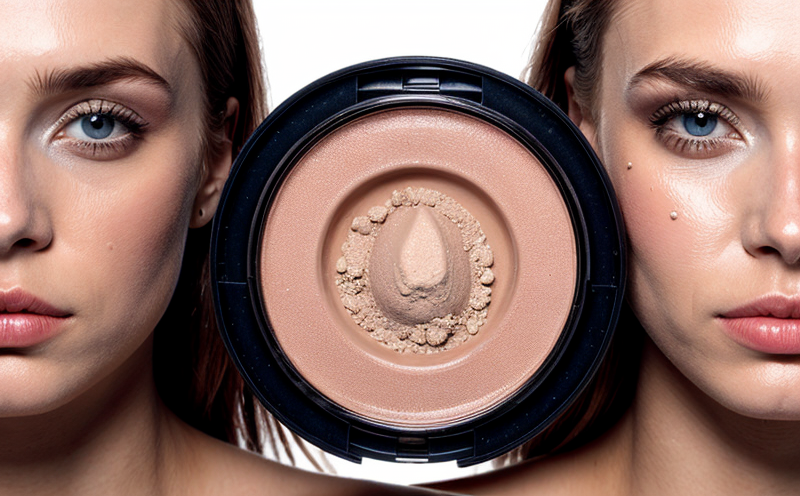Comprehensive Heavy Metals and Contaminants Testing in Cosmetics
In the cosmetics industry, ensuring product safety is paramount. One critical aspect of this responsibility involves comprehensive testing for heavy metals and contaminants that could pose health risks to consumers.
The presence of trace amounts of certain elements like lead (Pb), mercury (Hg), cadmium (Cd), and arsenic (As) in cosmetics can be harmful, even at very low levels. These substances are classified as heavy metals due to their high density and chemical properties, which make them more likely to accumulate in the body over time.
Contaminants such as microplastics or synthetic chemicals not naturally found in cosmetic ingredients can also cause issues. Microplastics, for instance, have been linked to various adverse effects on human health, including respiratory and digestive problems. Synthetic chemicals like phthalates and parabens are often scrutinized for their potential endocrine-disrupting properties.
Given these concerns, regulatory bodies around the world impose strict limits on allowable levels of heavy metals and contaminants in cosmetic products. For instance, the European Union's Cosmetics Regulation (EC) No 1223/2009 mandates detailed testing to ensure compliance with its stringent safety requirements.
Our laboratory offers a robust suite of tests designed specifically for cosmetics manufacturers to meet these regulatory demands. Our approach ensures not only that products comply with local and international standards but also that they maintain the highest level of quality and integrity.
Why It Matters
The importance of heavy metals and contaminant testing in cosmetics cannot be overstated. Regulatory compliance is only one aspect; consumer trust and brand reputation are equally significant factors. Consumers expect not just safe products but also those that meet the highest standards of quality.
Non-compliance can lead to severe consequences, including product recalls, legal actions, and damage to a company's public image. In some cases, it may even result in fines or bans on selling affected products within certain jurisdictions.
The testing process also plays a crucial role in identifying potential sources of contamination, allowing manufacturers to improve their supply chains and manufacturing processes. This proactive approach helps prevent issues before they arise, ensuring continuous product safety and quality.
Moreover, the results from these tests can provide valuable insights into ingredient selection and formulation adjustments, contributing to more effective and safer cosmetic products.
Applied Standards
The testing of heavy metals and contaminants in cosmetics is governed by several international standards. These include:
- ISO 15476:2013 - Guidelines for the testing of heavy metals.
- ASTM F879-13 - Standard Practice for Sampling and Analysis of Personal Care Products.
- EN 12560: Part 4 - European standards related to contaminants in cosmetics.
These guidelines provide a framework for the testing procedures, ensuring consistency and reliability across different laboratories. Compliance with these standards is essential not only for legal reasons but also to maintain a high level of product quality.
Scope and Methodology
| Test Parameter | Description | Methodology |
|---|---|---|
| Lead (Pb) | Detects the presence and concentration of lead in cosmetic products. | Using atomic absorption spectrophotometry (AAS) or inductively coupled plasma mass spectrometry (ICP-MS). |
| Cadmium (Cd) | Identifies cadmium levels to ensure they do not exceed regulatory limits. | Similar methodologies as lead testing, including AAS and ICP-MS. |
| Mercury (Hg) | Detects mercury contamination in cosmetic ingredients. | Again, AAS or ICP-MS is used for accurate quantification. |
| Cobalt (Co) | Assesses the presence of cobalt to identify potential allergens. | Tested similarly using advanced spectrophotometric techniques. |
| Synthetic Contaminants | Detects synthetic chemicals not naturally occurring in cosmetics. | Gas Chromatography-Mass Spectrometry (GC-MS) is used for identification and quantification. |





